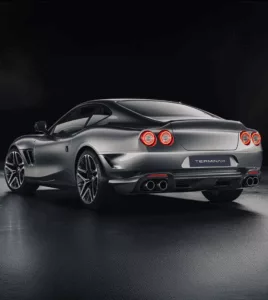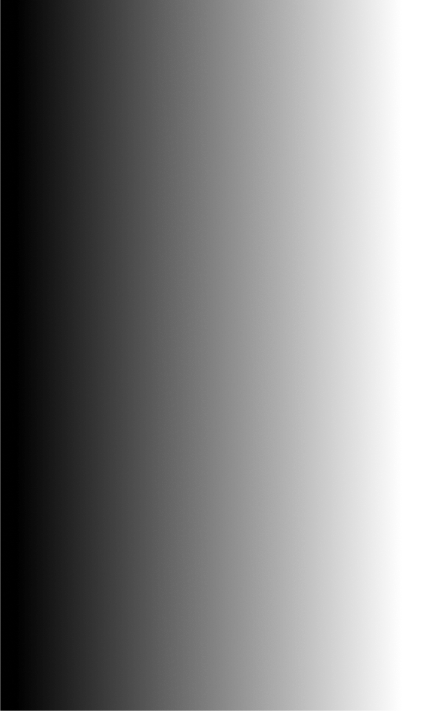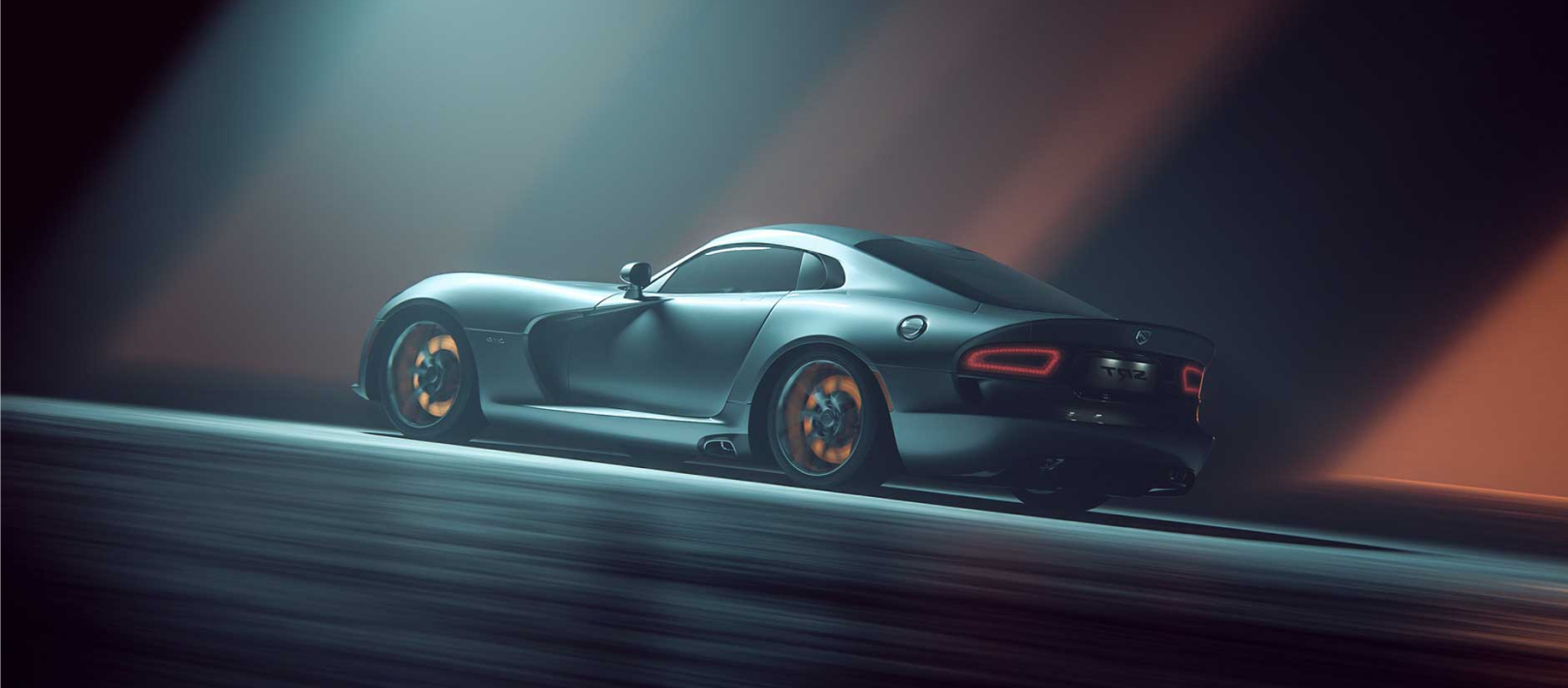Ceramic Tint vs Carbon Tint: Which is Best for Your Vehicle? | TERMINAX
Ceramic Tint vs Carbon Tint: A Comprehensive Comparison for Car Enthusiasts
When it comes to enhancing the comfort, aesthetics, and functionality of your vehicle, the type of window tint you choose plays a crucial role. For car owners seeking advanced solutions, two popular options stand out: ceramic tint and carbon tint. While both offer enhanced performance and protection, understanding the key differences between ceramic tint vs carbon will help you make a more informed decision.
At TERMINAX, we specialize in high-performance window tint and paint protection film (PPF) designed to elevate the look and longevity of your vehicle. As you evaluate ceramic tint vs carbon tint, we’ll break down the pros, cons, and unique qualities of each, so you can select the perfect solution for your needs.

What is Ceramic Tint?
Ceramic tint is a premium option for vehicle window tinting that uses advanced ceramic particles to create a high-performing film. Unlike traditional tints, which primarily rely on dyes or metals, ceramic tint employs non-metallic, nano-ceramic particles that provide superior heat rejection and UV protection without compromising visibility or signal interference.
The high-tech ceramic technology allows ceramic tint to offer an enhanced level of performance. This means better protection against the sun’s harmful rays, reduced heat buildup inside the vehicle, and a cooler, more comfortable ride overall. Ceramic tint is also known for its exceptional optical clarity, ensuring that drivers enjoy clear visibility, especially at night.
What is Carbon Tint?
On the other hand, carbon tint uses a unique carbon-based film to achieve similar benefits as ceramic tint, but with a different composition. The carbon film is made of non-metallic material, which blocks a significant amount of UV rays and infrared heat, providing better cabin comfort.
The primary advantage of carbon tint is its ability to provide excellent heat rejection without relying on metal-based components. This makes it a good choice for individuals concerned about the interference with electronic devices such as GPS, radio signals, or mobile phones.
While carbon tint also provides a sleek, dark appearance, it is not as advanced in terms of UV protection and heat rejection when compared to ceramic tint.
Key Differences Between Ceramic Tint vs Carbon Tint
When comparing ceramic tint vs carbon tint, there are several key factors to consider. Both options offer distinct advantages and drawbacks depending on your specific needs, so understanding these differences will help you make the best decision.
Heat Rejection
One of the primary benefits of ceramic tint is its superior heat rejection capabilities. Due to the nano-ceramic particles embedded within the film, ceramic tint significantly reduces the amount of infrared heat that enters your vehicle. This results in a cooler interior, reduced air conditioning usage, and ultimately, better fuel efficiency, especially in warmer climates.
Carbon tint, while still effective at blocking heat, does not provide the same level of heat rejection as ceramic tint. It may be sufficient for moderate climates, but in areas with intense sunlight, ceramic tint will offer much more effective protection.
UV Protection
Both ceramic tint vs carbon tint offer impressive UV protection, blocking up to 99% of harmful UV rays that can damage your skin and fade your interior over time. However, ceramic tint tends to provide slightly better UV protection due to its advanced technology. The nano-ceramic particles in ceramic tint block UV rays more effectively than the carbon-based film in carbon tint, ensuring maximum protection for both you and your vehicle.
Signal Interference
A major benefit of carbon tint over ceramic tint is that it does not cause interference with electronic signals. Whether you’re using your phone’s GPS, Bluetooth, or radio, carbon tint ensures that your device works without interruption. This is an important consideration for those who rely heavily on technology while driving.
Ceramic tint, while excellent at heat and UV rejection, does not interfere with signals in most cases. However, some lower-quality ceramic tints may still impact reception slightly, but TERMINAX ensures that their ceramic tints are designed with the latest technology to minimize such disruptions.
Aesthetic Appeal
The aesthetic appeal of ceramic tint is often described as more refined and premium compared to carbon tint. The ceramic particles provide a deeper, more consistent color, resulting in a smooth, high-end look. The clarity and finish of ceramic tint enhance the overall appearance of the vehicle without compromising visibility.
In comparison, carbon tint has a slightly darker, matte finish, giving it a more subtle and modern look. It may not provide the same level of clarity as ceramic tint, but it still offers an attractive, sleek appearance for those who prefer a more understated style.
Durability and Longevity
When it comes to durability, ceramic tint has a significant edge. It’s highly resistant to fading, bubbling, and peeling over time, thanks to its advanced construction. As the film does not rely on dyes or metals, ceramic tint will maintain its appearance and performance for years.
Carbon tint is also durable, but its resistance to fading and degradation isn’t as strong as ceramic tint. Over time, the carbon-based film may begin to fade or discolor, especially if exposed to extreme conditions. Nonetheless, it still provides long-lasting benefits with proper care.
Cost
As you might expect, ceramic tint tends to be more expensive than carbon tint, primarily due to its advanced technology and superior performance. The price difference between ceramic tint vs carbon tint can vary depending on the size of your vehicle, but generally, the superior heat rejection and UV protection of ceramic tint justify the higher cost.
While carbon tint is more budget-friendly, it still offers excellent value with solid heat rejection and UV protection. If you’re looking for a more affordable option without sacrificing too much performance, carbon tint is a great alternative.
Why Choose TERMINAX for Your Window Tinting Needs?
At TERMINAX, we offer both ceramic tint vs carbon solutions to help you customize your vehicle according to your preferences and needs. Our products are made using the highest-quality materials, ensuring you receive superior performance and lasting results.
We understand that every car owner has different priorities, whether it’s heat rejection, UV protection, aesthetic appeal, or signal compatibility. That’s why we provide expert guidance and a range of options to ensure you find the perfect window tint for your vehicle.
Additionally, our window tint solutions are designed to complement our paint protection films (PPF), all made from durable TPU materials. TPU is known for its superior resistance to wear and tear, ensuring long-term protection against chips, scratches, and environmental damage.
Conclusion: Choosing Between Ceramic Tint vs Carbon Tint
In the debate of ceramic tint vs carbon or ceramic tint vs carbon tint, there’s no one-size-fits-all answer. If you’re looking for the highest level of performance in terms of heat rejection, UV protection, and overall durability, ceramic tint is the way to go. However, if budget is a concern and you’re still seeking solid heat and UV protection without signal interference, carbon tint is a great option.
Ultimately, the decision depends on your specific needs and budget. Regardless of which tint you choose, TERMINAX offers high-quality solutions that will enhance both the comfort and appearance of your vehicle. Reach out to us today to learn more about how we can help you upgrade your car with top-tier window tinting and PPF.


